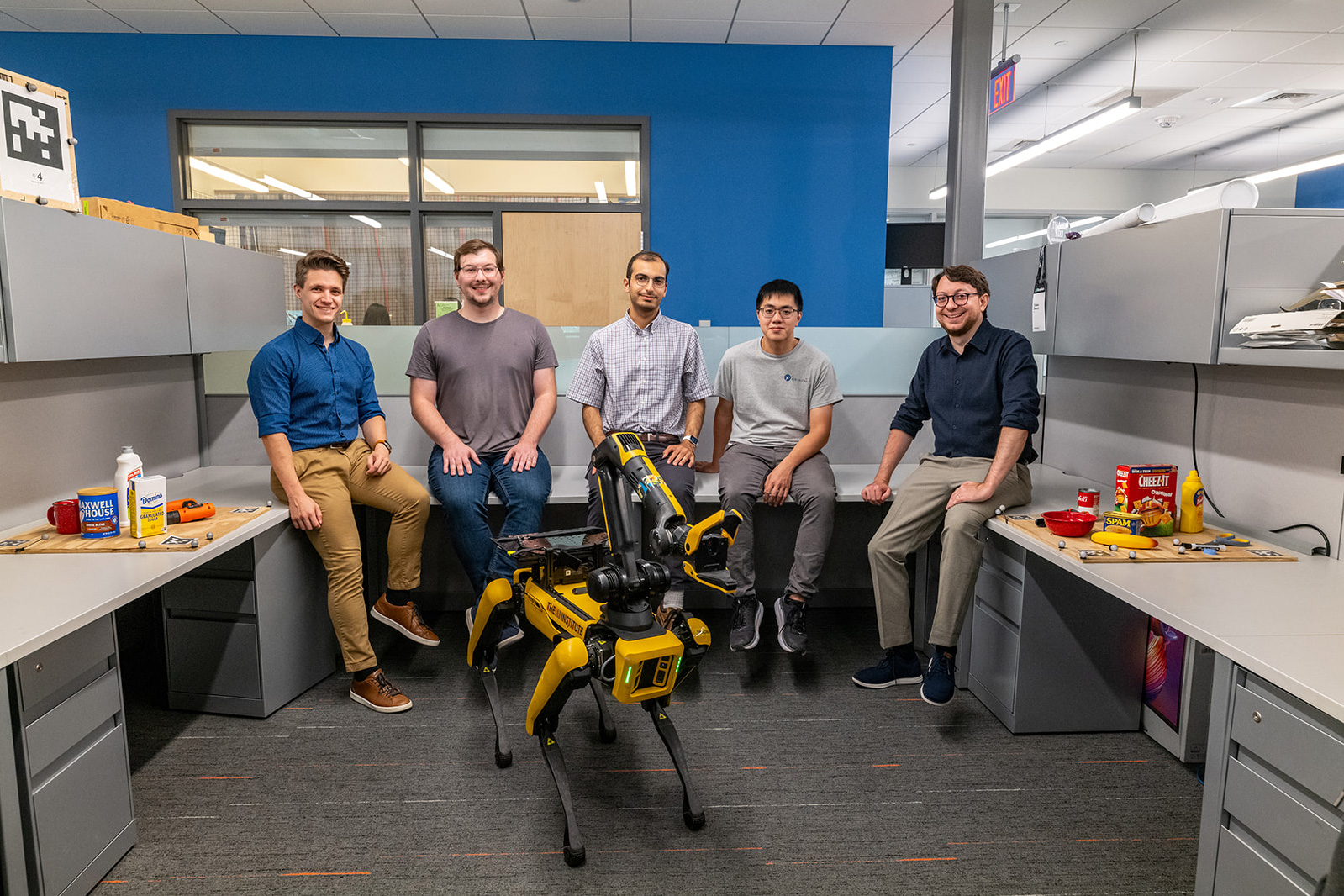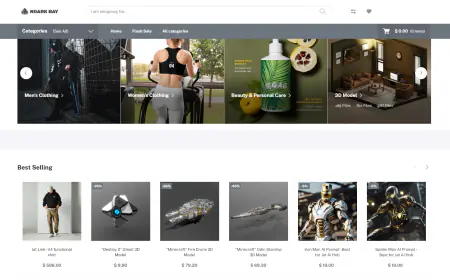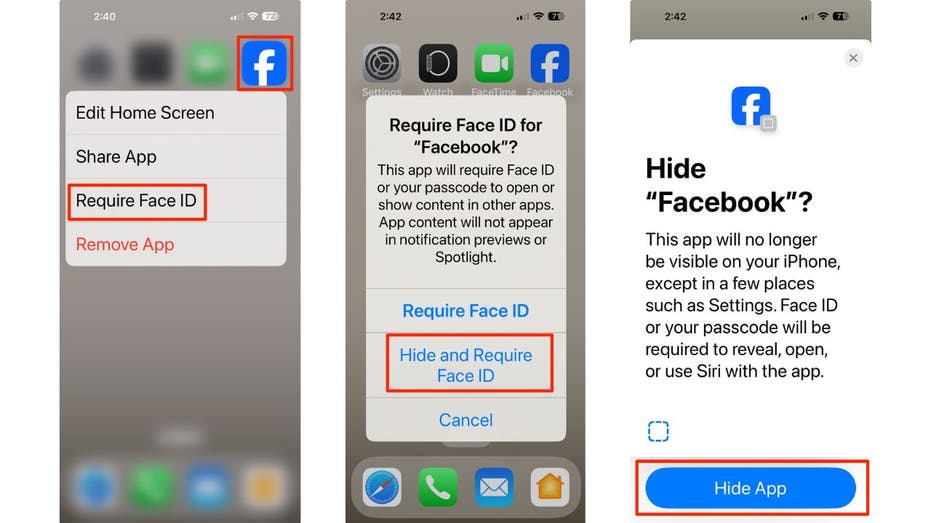Kitsa transforms clinical trial site selection with Amazon Quick Automate
In this post, we'll show how Kitsa, a health-tech company specializing in AI-driven clinical trial recruitment and site selection, used Amazon Quick Automate to transform their clinical trial site selection solution. Amazon Quick Automate, a capability of Amazon Quick Suite, enables enterprises to build, deploy and maintain resilient workflow automations at scale.

This post was written with Ajay Nyamati from Kitsa.
The clinical trial industry conducts medical research studies to evaluate the safety, efficacy, and effectiveness of new drugs, treatments, or medical devices before they reach the market. The industry is a cornerstone of medical innovation, yet it continues to face a fundamental bottleneck: selection of the right trial sites based on the requirement by clinical trial sponsors and contract research organizations (CROs).
Although there are tens of thousands of potential research sites worldwide, the decision-making process is still heavily influenced by personal networks, limited visibility, and incomplete data. The result is delayed trial launches, underutilized site capacity, and missed opportunities for both sponsors and research centers.
Key challenges in site selection include:
- Data fragmentation: Site performance and operational data are scattered across siloed systems, inconsistent formats, and unstructured online sources.
- Manual effort and low coverage: Sponsors and CROs often review only a fraction of the available sites due to the time and cost of manual analysis.
- Over-reliance of Key Opinion Leaders (KOLs): Personal preference and relationships often outweigh objective performance metrics.
- Missed opportunities for capable sites: Many high-quality sites are overlooked because they lack a centralized platform to showcase their capabilities.
- Knowledge hoarding: Organizations with large datasets often keep them proprietary, limiting industry-wide progress.
In this post, we’ll show how Kitsa used Amazon Quick Automate to transform their clinical trial site selection solution. Amazon Quick Automate, a capability of Amazon Quick Suite, enables enterprises to build, deploy and maintain resilient workflow automations at scale. Amazon Quick Suite helps business users make better decisions faster and act on them by unifying AI agents for research, business insights, and automation into a single experience.
Kitsa, a health-tech company specializing in AI-driven clinical trial recruitment and site selection, is tackling the challenge in site selection. By combining demographic data, disease prevalence insights, historical trial performance, and operational site metrics, Kitsa has developed an agentic analytics engine that matches sponsors with the most suitable sites for their studies. This approach requires consolidating and analyzing data from hundreds of fragmented sources, including websites of clinical trial sites, clinical trial registries, investigator resumes, regulatory filings, publications, and conference abstracts. Traditionally, this has been a slow, manual process that pushed trial start dates by months.
To address this, Kitsa turned to Amazon Web Services (AWS) to build a scalable, secure, and compliant automation pipeline that unifies this data into a single decision-making engine. Using Quick Automate, a generative AI–powered workflow automation capability of Amazon Quick Suite, Kitsa can rapidly extract, normalize, and analyze site data at scale. With an advanced multi-agent automation architecture engineered for enterprise-scale deployment, Quick Automate combines UI automation, API integrations, and workflow orchestration in a single, fully managed solution.
Quick Automate uses generative AI to analyze inputs from the user and suggests a workflow that can be modified and extended to take action across business systems and UIs, engaging a human when needed. Through specialized AI agents, Quick Automate helps organizations to automate complex processes across applications and departments. It also reduces operational costs through usage-based pricing.
By using AWS services, Kitsa is transforming site selection from a slow, relationship-driven process into a fast, data-driven, and globally scalable system.
Solution overview and details
Kitsa required a process automation solution capable of navigating websites, extracting over 50 distinct data points, and compiling the results in a structured format. The solution needed to be highly reliable, scalable to hundreds of thousands of websites, and accurate. Given that Kitsa operates in the life sciences and healthcare sector, which is heavily regulated, they also needed a secure, compliant solution that meets the industry’s strict standards.
The automation was built using Quick Automate, designed for enterprise-scale workflow automation. A key component of the solution is a state-of-the-art UI Agent, configured to autonomously perform website navigation and data extraction. The UI Agent is part of Quick Automate, enabling complex browser-based workflows.
The UI Agent takes natural language input and produces structured outputs—essential for reliably capturing more than 50 data points from each website. It was configured to extract information efficiently and consistently, maintaining both accuracy and compliance. The AWS team collaborated closely with the Kitsa team to design and refine specialized prompts, helping the automation perform optimally for the customer’s needs. The following architecture diagram illustrates the workflow.

Workflow architecture and implementation
The automation workflow uses the following:
Case initialization and parallel processing
The automation begins by fetching cases, where each case contains the URL that needs information extraction. The case management functionality enables parallelization of website processing and evaluation, reducing processing time through concurrent execution of multiple cases.
Intelligent data extraction
For each case, the UI Agent navigates to the specified URL and extracts required information while applying AI reasoning concerning the content. The information extraction process utilizes natural language instructions provided to the UI Agent task. It then delivers results in a structured output format, so downstream workflow steps can consume them without extra parsing.
Human-in-the-loop integration
When website information extraction shows lower confidence, the system can automatically route cases to human reviewers for manual assessment. This human-in-the-loop (HILO) approach maintains quality control while allowing automated processing.
Data persistence and storage
Processed cases are systematically saved and written to an Excel spreadsheet within the workflow. The completed files are then uploaded to an Amazon Simple Storage Service (Amazon S3) bucket through integrated S3 connectors, providing secure and accessible data storage.
Robust exception handling
The workflow incorporates exception handling mechanisms to gracefully manage scenarios where websites are not found, under construction, or otherwise inaccessible. The workflow returns accurate error messages and continues processing subsequent websites without interrupting the overall workflow execution, resulting in operational continuity and reliability.
Results
With Quick Automate powering the Kitsa large-scale data extraction and integration workflow solution, the impact was immediate and measurable:
- 91% cost savings: Compared to the legacy manual process it lowered operational expenses while dramatically expanding the number of sites analyzed.
- 96% faster data acquisition: Kitsa is able to process in days what previously took months, accelerating the entire site feasibility process.
- 96% coverage in data extraction: Surpasses manual review while maintaining consistency across hundreds of thousands of processed websites.
- Full regulatory compliance: Meets all data security, privacy, and auditability standards required in life sciences and healthcare.
The solution now directly powers the Kitsa Site Finder Agent, which evaluates hundreds of site-specific parameters (from past recruitment speed to infrastructure readiness), and ranks them with a trial-specific algorithm. Sponsors can now compare sites on hard evidence rather than subjective impressions, and eligible sites can showcase their capabilities to pharma companies for the first time in a structured, data-rich format.
As Rohit Banga, Co-Founder & CTO of Kitsa, explains:
“With Amazon Quick Automate, we were able to break through one of the biggest bottlenecks in site selection — collecting and unifying high-quality data at scale. This allowed our Site Finder Agent to evaluate more sites, more fairly, and with more precision than ever before. Our results show 96% coverage in data extraction, 91% cost savings compared to legacy manual processes, and 96% faster data acquisition – processing in days what previously took months.”
Conclusion
Clinical trial site selection has long been a critical bottleneck in medical research, with fragmented data and manual processes causing significant delays and missed opportunities. Kitsa addressed this challenge by using the Automate capability of Amazon Quick Suite in their automated site selection solution.
With the solution Kitsa can automatically extract and analyze over 50 distinct data points from hundreds of thousands of websites. They are achieving remarkable results with 96% coverage in data extraction and 91% cost savings compared to manual processes. Kitsa also reduced their data acquisition time by 96% while maintaining full regulatory compliance in the heavily regulated healthcare sector.
Their Site Finder Agent now evaluates hundreds of site-specific parameters objectively, helping pharmaceutical companies to make evidence-based decisions and allowing trial sites to showcase their capabilities in a structured format. This transformation demonstrates how Quick Automate can solve complex industry challenges while significantly improving efficiency, accuracy, and fairness in clinical trial site selection.
Contact an AWS Representative to know how we can help accelerate your business.
About the authors
 Chethan Shriyan is a Principal Product Manager – Technical at AWS. He has 12+ years of experience in product and business management. Chethan is passionate about building and delivering technology products that create meaningful impact in customers’ lives.
Chethan Shriyan is a Principal Product Manager – Technical at AWS. He has 12+ years of experience in product and business management. Chethan is passionate about building and delivering technology products that create meaningful impact in customers’ lives.
 Ajay Nyamati is the co-founder and CEO of Kitsa – a healthtech company using AI and data automation to transform clinical trials. With 20+ years of Sales & Strategy in global companies, Ajay has spent 10+ years in the Digital Health space across payors, providers and pharma. Before co-founding Kitsa, he was the business leader for clinical trials solutions in Amazon Web Services.
Ajay Nyamati is the co-founder and CEO of Kitsa – a healthtech company using AI and data automation to transform clinical trials. With 20+ years of Sales & Strategy in global companies, Ajay has spent 10+ years in the Digital Health space across payors, providers and pharma. Before co-founding Kitsa, he was the business leader for clinical trials solutions in Amazon Web Services.
 Reagan Rosario brings over a decade of technical expertise to his role as a Sr. Specialist Solutions Architect in Generative AI at AWS. Reagan transforms enterprise systems through strategic implementation of AI-powered cloud solutions, automated workflows, and innovative architecture design. His specialty lies in guiding organizations through digital evolution—preserving core business value while implementing cutting-edge generative AI capabilities that dramatically enhance operations and create new possibilities.
Reagan Rosario brings over a decade of technical expertise to his role as a Sr. Specialist Solutions Architect in Generative AI at AWS. Reagan transforms enterprise systems through strategic implementation of AI-powered cloud solutions, automated workflows, and innovative architecture design. His specialty lies in guiding organizations through digital evolution—preserving core business value while implementing cutting-edge generative AI capabilities that dramatically enhance operations and create new possibilities.



















![[PRO Tips] Use the BCG matrix to help you analyze the current situation, product positioning, and formulate strategies](https://i.scdn.co/image/ab6765630000ba8a165b48c48c4321b36a1df7b9?#)
![[Business Talk] BYD's Hiring Standards: A Reflection of China's Competitive Job Market](https://i.scdn.co/image/ab6765630000ba8a1a1e0af3aefae3a685793e7c?#)
![[PRO Tips] What is ESG? How is it different from CSR and SDGs? 3 keywords that companies and investors should know](https://i.scdn.co/image/ab6765630000ba8a76dbe129993a62e85226c2b4?#)
![[Business Talk] Elon Musk](https://i.scdn.co/image/ab6765630000ba8ac91eb094519def31d2b67898?#)


















